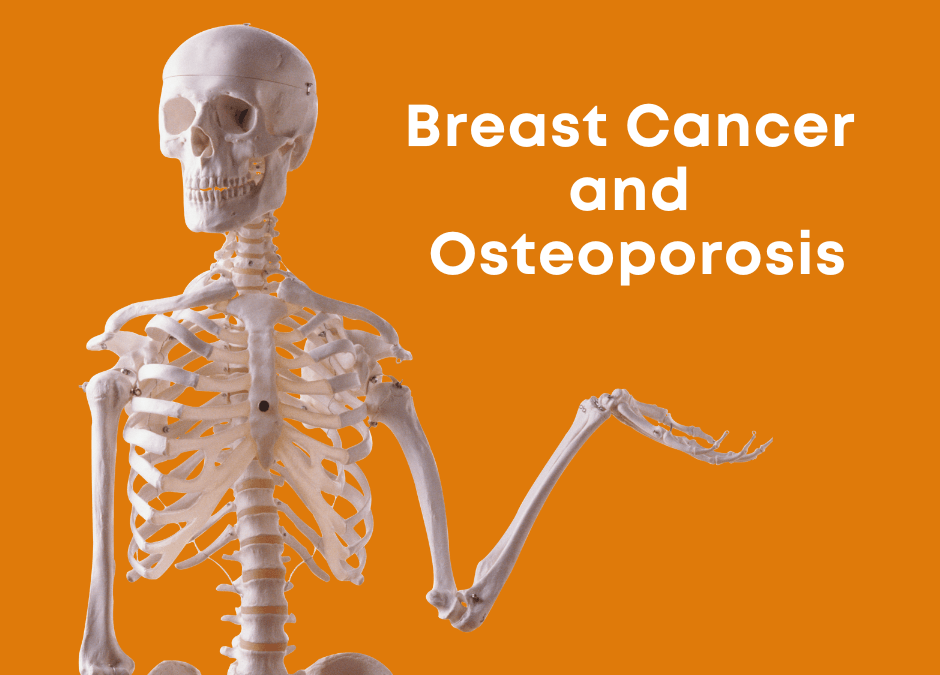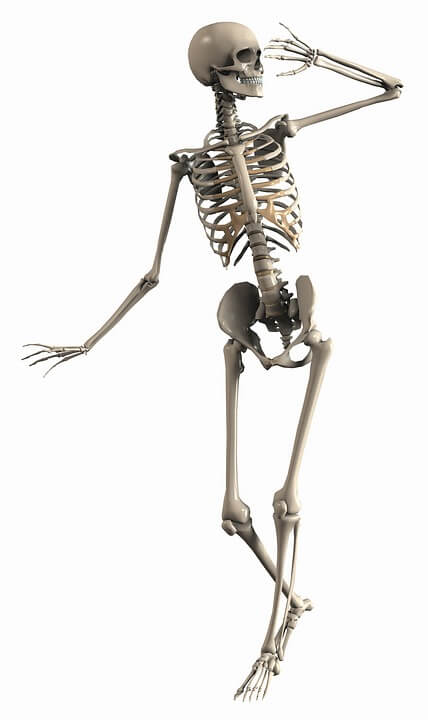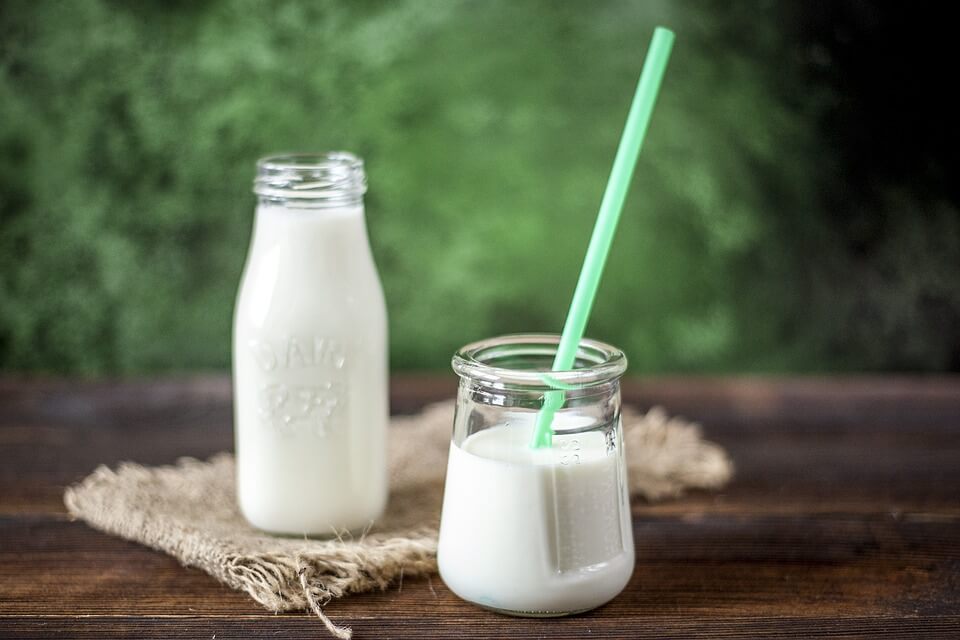“I figure if I keep my spirit in shape, the bones will take care of themselves.” ~ Rita Moreno
Do you have any idea what I would give to know that my bones would take care of themselves in order to avoid osteoporosis? To know that even as my body ages my bones would remain strong, solid and dense. To trust that my bones would keep me upright and fearless regardless of my choice of physical activities.
I’d give A LOT.
The possibility of weakened bones is a concern for ALL women, yet for those of us in the breast cancer survivor community, the onset of cancer treatment-induced bone loss (CTIBL) is a real threat. Not only the treatments, but the disease of breast cancer itself presents challenges to skeletal integrity.
Any of the following can lead to a loss of bone density:
- Aromatase Inhibitors (AI’s)
- Chemotherapies
- Oophorectomy
- Medically shutting down the ovaries
- Corticosteroids
If you’ve undergone or currently are receiving any of these treatments, your doctor likely told you about their impact on increasing risk for fractures, compromising bone mineral density, and osteoporosis.
What if you’re postmenopausal and taking AI’s. Did your doctor tell you that regardless of which AI you take, the loss of bone mineral density is twice as high compared to healthy postmenopausal women?
If she/he hasn’t, print this post out and at your next visit use it to initiate a discussion on bone health.
May is National Osteoporosis Month
To help you learn about dietary and nutritional options that may minimize and/or contain potential damage, I’ve written this bone health PRIMER.
I polled readers for THEIR questions on nutrition, osteoporosis risk and breast cancer. Their responses helped shape this overview of diet, food, nutrition and supplements.
As a heads up, this is an ENORMOUS topic, well beyond the scope of a single blog post. But I’ve shared highlights on the information I think is most important for you to know, so you can start taking action.
Absorption and Supplementation
Calcium is the most abundant mineral in your body. More than 99% of calcium is found in your bones.
“Food first” is good advice for getting calcium to your bones, but since most women likely get inadequate amounts of calcium from food, there can be room for supplementation.
Do YOU need a calcium supplement? If yes, what kind and how much should you take?
To help you determine that, let’s look first at other considerations for calcium intake, and your body’s ability to “hold onto it”.
If you intentionally aim to eat the daily recommended amount of calcium, you’re off to a good start.
How much is “recommended” depends on which guideline you use. The National Institutes of Health recommends you get the following amount from food:
- 19-50 years; 1,000 mg/day
- 51-70 years; 1,200 mg/day
Researchers at Harvard suggest that although the 1,000-1,200 mg/day guidelines are probably adequate for women, the need may be not quite that high. They submit that more emphasis needs to be placed on exercise and adequate Vitamin D intake. Simply increasing the amount of calcium doesn’t equate to increased bone density and prevention of fractures.
When tallying the amount of calcium you eat in a day, you must consider absorption. Your body absorbs only about 30% of the total amount you eat, and that amount varies depending on what types of foods you choose.
Here’s what 30% absorption looks like in real life:
- You add one cup of plant-based milk to your morning smoothie. There are 300 mg of calcium in one cup. A 30% absorption rate means only 90 mg is available to go to work in your body.
Other factors that affect calcium absorption include:
- Amount Consumed
- As calcium intake increases, absorption “efficiency” decreases.
- Age
- Absorption decreases to 15-20% in adulthood and continues to decrease with age.
- Vitamin D Intake
- Improves absorption.
- Phytic Acid and Oxalic Acid
- These components are found naturally in some plant foods. They “bind” to calcium and inhibit its absorption, but the extent to which they affect absorption varies.
There are three forms of calcium supplements:
- Calcium carbonate
- Naturally derived
- Refined
- Chelated calcium (citrate)
Which is best for you depends on your particular needs.
It’s recommended to not “over” supplement with calcium (no more than 1,000 mg per day). Split dosage to only 500 mg at one time.
Absorption is highest in a dosage ≤500 mg.
One research study I found suggests that for women undergoing breast cancer treatment, even supplementation isn’t enough to prevent a reduction in bone mineral density.
While this study looked at results from 16 trials, it’s not the final word. If you’re unsure whether or not to add a supplement, meet with a dietitian to review and assess your individual dietary requirements.
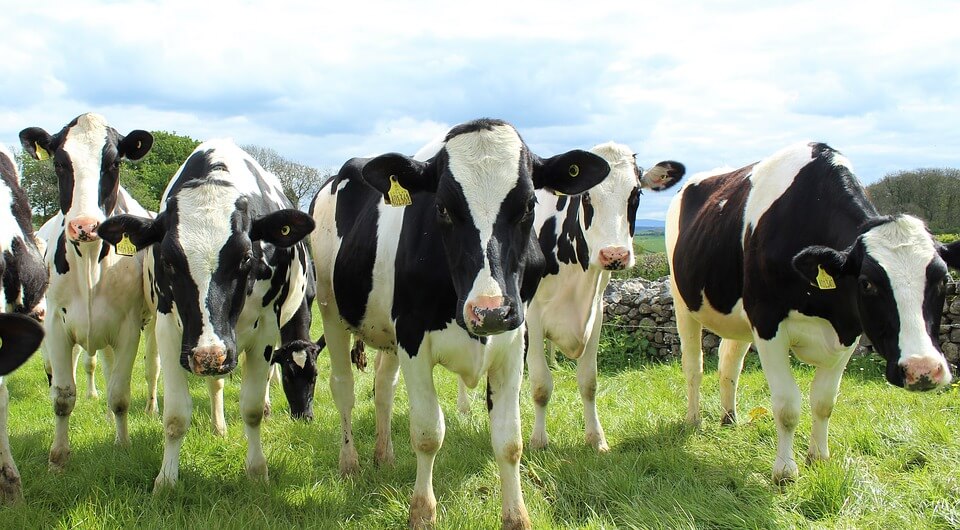
Dairy
Growing up, it may have been strongly encouraged (demanded?) that you drink milk to build strong bones. Even when studying for my nutrition degree, I learned that eating adequate dairy meant adequate calcium for bone health.
The first time I read about “non-dairy” and/or “milk-free” diets, I couldn’t believe there was such a thing.
Turns out, it’s definitely possible to get enough calcium without eating dairy. But I’m getting ahead of myself.
One of the most common questions I get regarding a healthy breast cancer diet is whether or not it’s safe to eat dairy.
My response lies in considering the many compounds in dairy: calcium, casein, fat (in high-fat products), lactose, and dairy as a whole.
In the breast cancer world, dairy is a controversial food and a hot-button topic. Dairy is often portrayed as a food villain responsible for causing and driving breast cancer.
- Maybe you’ve heard about hormones, casein, or IGF (insulin-like growth factor.)
- Maybe you don’t know why dairy is “bad” for you, only that you “heard” you should avoid it.
As a reminder, there’s no single food – including dairy – that causes or cures breast cancer. The pattern of your diet (what you eat day in and day out, all year round) speaks to the healthfulness of a breast cancer diet.
And let’s not forget there’s both liquid and solid dairy. There’s yogurt, milk, and kefir. Different animals produce different milks to make a wide variety of cheeses.
The variety of animal feed may or may not contribute to the final cheese or milk product. This may in turn impact the way dairy food “works” in your body versus your best friend’s body.
To eat or not eat DAIRY is not a black or white issue.
You likely have your own opinion about dairy and breast health. Remember, your opinion about dairy’s “safety and healthfulness” with regard to breast cancer is not the same as your personal preference for or against dairy foods.
Let’s say you adore double-cream Brie cheese (personal preference), but avoid it because you “think” dairy is bad for breast cancer (opinion.)
You’re entitled to both. But, my mission is to educate and empower you to eat with peace and enjoy your food again.
I meet people where they are. If a healthy eating pattern is backed by science but contains foods you don’t like, what would be the point of forcing yourself to eat those foods? I want you to find a delicious middle ground that includes foods you love.
If you enjoy dairy, eat it. If you’re lactose-intolerant, have a milk allergy, or simply don’t like dairy, don’t eat it.
What I would encourage you to NOT do, is confuse opinion with nutrition science. Below I share what we know about dairy and breast cancer at the time of this writing. Please share this with people you know who are unfamiliar with the science, yet stress the danger of dairy to all who will listen.
It helps make my job easier!
Dairy Foods – Total Dairy and Milk Intakes
The American Institute for Cancer Research (AICR) and World Cancer Research Fund (WCRF) Continuous Update Project (CUP) Third Expert Report are used for making recommendations for (overall) cancer prevention.
There are 10 Cancer Prevention Recommendations in the report. Because of limited evidence, a specific recommendation for or against dairy is not included.
The report does contain a section highlighting the specific findings on breast cancer and DAIRY, outlining separate findings for pre- and postmenopausal breast cancer.
PREMENOPAUSE: The evidence suggesting that consumption of dairy products decreases the risk of premenopausal breast cancer is limited.
POSTMENOPAUSE: The evidence for an association was considered to be limited, and no conclusion was possible.
Definition of “limited, suggestive.” Evidence is inadequate to permit a judgement of a probable or convincing causal (protective) relationship, but is suggestive of a direction of effect. This judgement generally doesn’t justify making recommendations.
Casein
It’s possible to have a casein allergy. But is it possible casein causes breast cancer?
Casein is the main protein in milk, of which there are four sub-types. You may have heard you need to avoid dairy because it contains casein, which is connected to breast cancer.
A Google search for “casein and breast cancer” yields all sorts of terrifying results. “The Dangers of Dairy” popped up in a couple of my searches.
In combing the scientific literature, I found no research to support the casein = breast cancer claim. In fact, I found one study indicating that one of the casein sub-types found in human breast milk functions as a suppressor of breast cancer tumor growth and metastasis. This piece of research was conducted using cell lines and animal models and therefore isn’t considered definitive or gold-standard, yet the findings point to the opposite of what hyped-headlines would have us believe.
Lactose
I found no research to support lactose (naturally occurring milk sugar) as a cause of breast cancer. In fact, one systematic review and meta-analysis indicated that dairy and its various compounds is inversely (the opposite) associated with the risk of developing breast cancer.
Fat
Reducing dietary fat, especially saturated fat, doesn’t necessarily lead to reduced risk for breast cancer. However, keeping the total fat in your overall dietary pattern on the low side may help keep your weight stable. Maintaining a healthy weight is protective in reducing risk of recurrence. High-fat dairy products are calorie-dense, meaning they have more calories than lower-fat varieties. Including both high and low-fat dairy in your diet is a good approach to weight management and potentially reducing risk.
Calcium
Remember, calcium is found in many foods other than dairy. This research outcome speaks to CALCIUM in the diet, regardless of the food origin.
PREMENOPAUSE: The evidence suggesting that diets high in calcium decrease the risk of breast cancer is limited.
POSTMENOPAUSE: The evidence suggesting that diets high in calcium decrease the risk of breast cancer is limited.
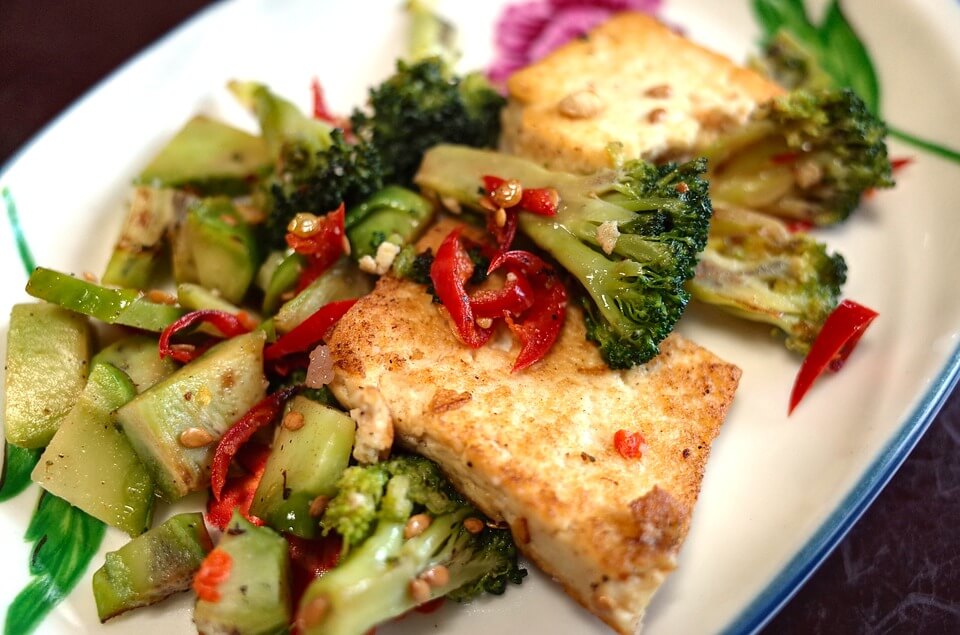
Calcium-Rich Foods
You know dairy foods are excellent sources of calcium, yet did you know there are also calcium-containing plant foods? Here’s a partial list:
| Table 1: Calcium Content of Selected Vegan Foods | ||
| Food | Amount | Calcium (mg) |
| Blackstrap molasses | 2 Tbsp | 400 |
| Plant milks, calcium-fortified | 8 ounces | 100-450 |
| Tofu, processed with calcium sulfate* | 4 ounces | 200-434 |
| Tofu, processed with nigari* | 4 ounces | 130-400 |
| Calcium-fortified orange juice | 8 ounces | 350 |
| Commercial soy yogurt, plain | 6 ounces | 300 |
| Collard greens, cooked | 1 cup | 268 |
| Turnip greens, cooked | 1 cup | 197 |
| Tempeh | 1 cup | 184 |
| Kale, cooked | 1 cup | 177 |
| Soybeans, cooked | 1 cup | 175 |
| Mustard greens, cooked | 1 cup | 165 |
| Bok choy, cooked | 1 cup | 158 |
| Tahini | 2 Tbsp | 128 |
| Navy beans, cooked | 1 cup | 126 |
| Okra, cooked | 1 cup | 124 |
| Almond butter | 2 Tbsp | 111 |
| Almonds, whole | 1/4 cup | 94 |
| Broccoli, cooked | 1 cup | 62 |
| *Read the label on your tofu container to see if it is processed with calcium sulfate or nigari. | ||
Foods That Interfere with Calcium Absorption
Earlier I mentioned that certain compounds in plant foods may inhibit (prevent) calcium absorption. Phytic acid and oxalic acid bind to calcium and can contribute to reduced absorption rates.
The extent to which these compounds affect absorption varies. Aim to eat a variety of foods, and the interaction will likely have little or no nutritional consequence.
Examples of foods with phytic acid
- Wheat bran
- Wheat germ
- Barley
- Beans
- Legumes
- Lentils
- Millet
- Nuts
- Oats
- Seeds
- Soybeans
Examples of foods with oxalic acid
- Spinach
- Collard greens
- Sweet potatoes
- Rhubarb
- Beans (legumes)
Take-Away’s
While this post is full of information, it’s not exhaustive. Here are the main points:
You absorb approximately 30% of dietary calcium.
Women need 1,000 mg – 1,200 mg calcium per day (dependent on age.)
Calcium supplements can help fill dietary gaps. Meet with a registered dietitian to determine whether your diet has a “calcium gap.”
Split the dosage of calcium supplements, morning and evening. Take only 500 mg at once.
Dairy and breast cancer research findings are not yet robust enough to guide dietary recommendations, and haven’t provided a pro/con position.
Eat a variety of foods to help support calcium absorption.
Tell me in the comments, what are your favorite calcium foods? Are you eating or avoiding dairy?
____________________________________________________________
Thanks for reading my blog post! Inspired and/or enlightened by what you read? Be sure to subscribe so you never miss a new post.
Subscribe by CLICKING HERE to get your FREE copy of The Five Foods Survivors Should Eat
CLICK THIS LINK and watch my 2-minute Peaceful Plate program video!
Follow me on Instagram @hormone.breastcancer.dietitian
This information is for educational purposes only and is not intended as medical advice. Please consult your dietitian or doctor for guidance specific to your needs.
_______________________________________________
SOURCES
- Quote by Rita Moreno
- Cancer Treatment and Bone Health
- Cancer and Osteoporosis
- Breast Cancer and Osteoporosis – Management of Cancer Treatment-Induced Bone Loss in Postmenopausal Women with Breast Cancer
- Calcium Fact Sheet for Health Professionals
- What You Need to Know About Calcium
- ConsumerLab. Independent testing of health and nutritional products. Subscription required.
- Calcium and vitamin D supplementation and loss of bone mineral density in women undergoing breast cancer therapy
- Diet, nutrition, physical activity and breast cancer.
- Casein Allergy Overview
- The milk protein α-casein functions as a tumor suppressor via activation of STAT1 signaling, effectively preventing breast cancer tumor growth and metastasis
- The Association between Dairy Intake and Breast Cancer in Western and Asian Populations: A Systematic Review and Meta-Analysis
- Low-Fat Dietary Pattern and Breast Cancer Mortality in the Women’s Health Initiative Randomized Controlled Trial
- Calcium in the Vegan Diet
- Reduction of phytic acid and enhancement of bioavailable micronutrients in food grains

